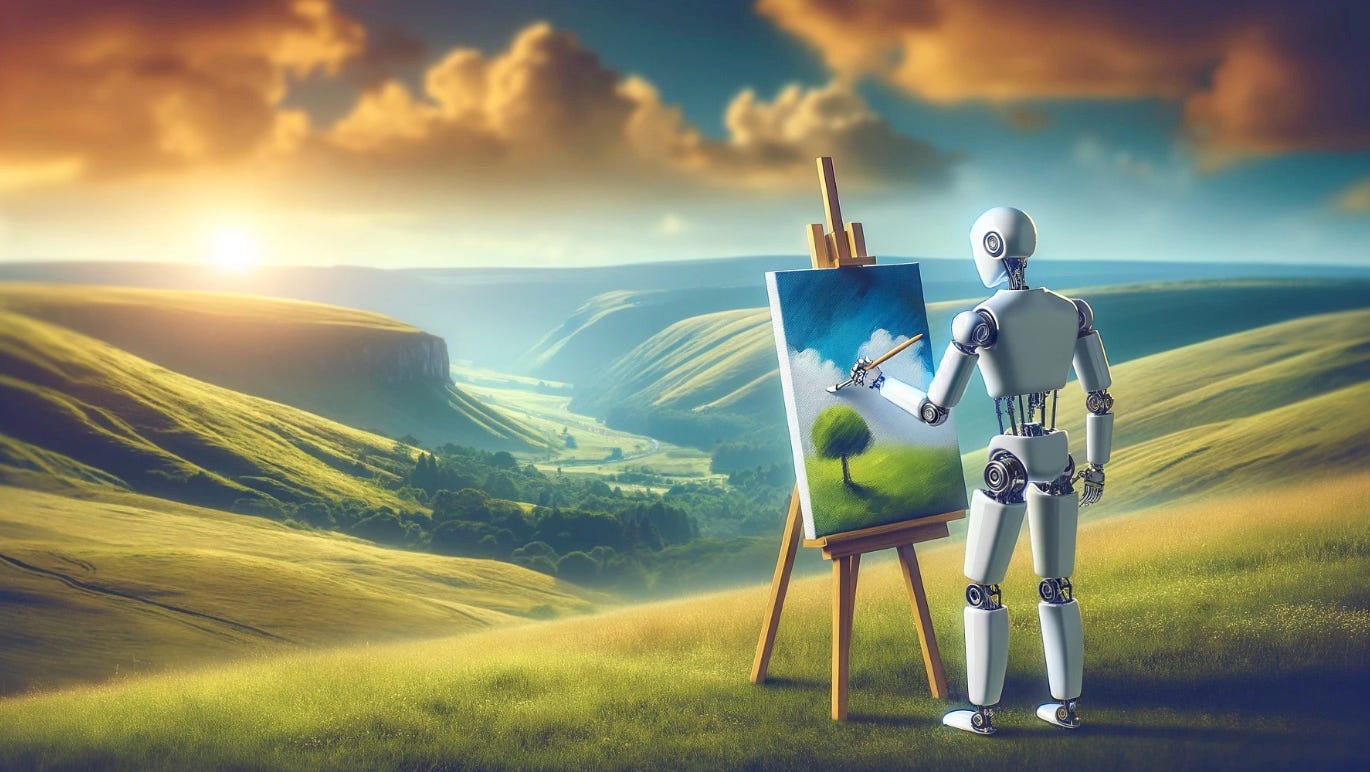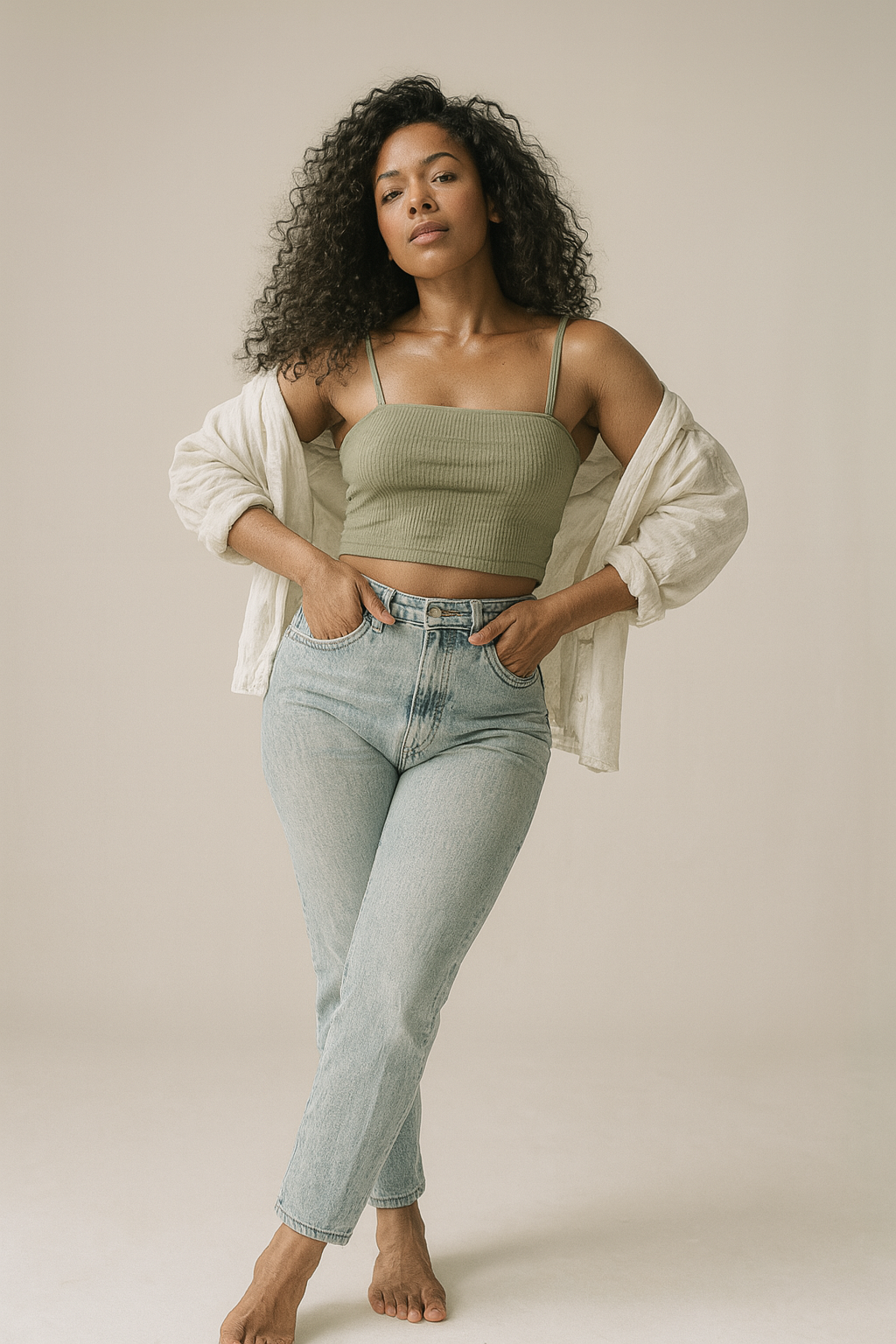AI Stylist: Fashion Image Generator
Project Overview
Get ready to dive into one of my most exciting project! This project blends generative AI with computer vision to create photorealistic fashion visuals from text prompts. Powered by Stable Diffusion, ControlNet, and prompt engineering, it enables brands and designers to prototype, iterate, and market faster without the need for physical samples.

Tired of generic AI art platforms that give you fashion designs that look nothing like your vision?
AI Stylist changes the game. This isn’t just image generation, it’s fashion imagination powered by AI. Just enter a few details like the type of dress, fabric, background, body pose, and vibe and the system handles the rest. Within seconds, the LLM auto-generates a detailed prompt, feeds it to Stable Diffusion XL, adds pose control, lighting cues, garment realism, and delivers a studio-quality visual that looks like it was shot for Vogue.
Built for fashion designers, digital stylists, creative directors, and even ecommerce startups, this tool lets you test looks, explore styles, and create photorealistic visuals with zero Photoshop all from a single interface.
This image was made using AI ➡️
and demonstrates the capabilities of the multi-agent pipeline behind AI Stylist. It showcases how LLMs, LoRA-enhanced Stable Diffusion models, and refinement tools like ControlNet and Real-ESRGAN can work together to produce photorealistic fashion visuals from simple user inputs.
Rather than showcasing a final product, this serves as a live example of the underlying models you’ll explore in the technical breakdown below.
How it works

Technical Explanation
For technical readers interested in the system architecture, the image displayed above was fully generated by an AI-powered fashion design pipeline built using a modular multi-agent orchestration framework. The system integrates advanced prompt engineering, diffusion-based image generation, and high-fidelity post-processing to deliver photorealistic visuals tailored for digital styling, ecommerce, and concept prototyping. It supports both automated fashion creation from textual input and precision editing of real-world photographs, as demonstrated in the seamless recoloring and garment transformation of the displayed model.
The workflow begins with a structured input phase where users either upload an image or select design parameters such as garment type, fabric, pose, and background through a guided form. This input is interpreted by a large language model (Mixtral), which produces a detailed prompt enriched with camera direction, lighting cues, fabric behavior, and visual aesthetic. The system then determines the optimal conditioning method, such as pose control, sketch guidance, or depth mapping using dedicated ControlNet modules tailored for each use case.
Image generation is driven by Stable Diffusion XL, paired with LoRA fine-tunes trained on specific fashion styles including techwear, bridal, and streetwear. For image refinement tasks, such as modifying an uploaded photo, the system uses SDXL Inpainting and Lama Cleaner to alter garments or remove elements with pixel-level accuracy. This is followed by Real-ESRGAN-based upscaling to restore or enhance detail, and optionally background modification to simulate professional studio or runway conditions. Each layer in the refinement stack is purpose-built to elevate the output to production-ready quality.
The backend architecture is orchestrated with Python and LangChain, enabling agent-based task distribution, clear modularity, and seamless integration of each component. Modules operate independently but are composed via structured APIs, making the pipeline highly scalable and adaptable to external systems. This infrastructure also supports upcoming extensions, including garment transfer with VITON-HD and virtual try-ons via pose-aware human models.
The frontend is developed with Streamlit, selected for its lightweight performance, rapid deployment, and built-in multilingual support. This makes the interface accessible to both fashion designers and technical users, allowing high-quality visual generation without reliance on external tools like Photoshop or Blender. From input to final output, the system is engineered for real-world deployment, prioritizing speed, precision, and extensibility, positioning AI Stylist as a reliable and forward-compatible solution in the evolving landscape of AI-powered fashion design.
